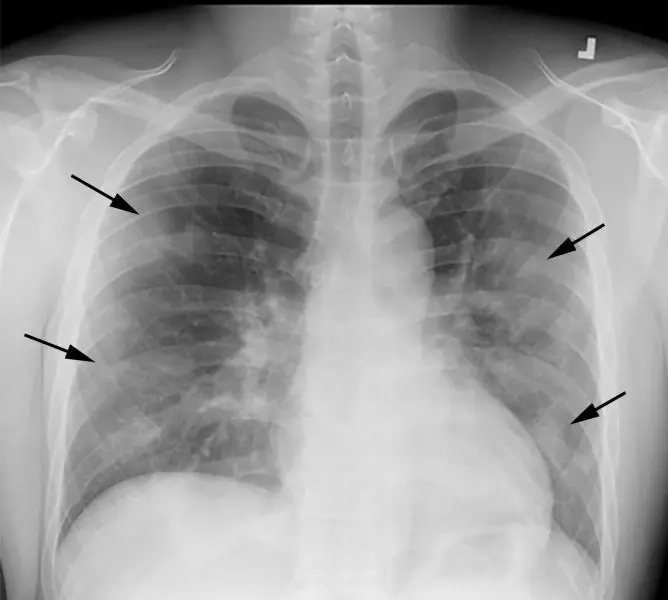An interdisciplinary research team from the University of Göttingen and Hannover Medical School (MHH) has detected significant changes in the heart muscle tissue of people who died from Covid-19. Damage to lung tissue has been the research focus in this area for some time and has now been thoroughly investigated. The current study underpins the involvement of the heart in Covid-19 at the microscopic level for the first time by imaging and analyzing the affected tissue in the three dimensions. The results were published in the journal eLife.
In comparison with a healthy heart, X-ray imaging of tissues affected by severe disease, revealed a network full of splits, branches and loops which had been chaotically remodeled by the formation and splitting of new vessels. These changes are the first direct visual evidence of one of the main drivers of lung damage in Covid-19: a special kind of “intussusceptive angiogenes” (meaning new vessel formation) in the tissue.
In order to visualize the capillary network, the vessels in the three-dimensional volume first had to be identified using machine learning methods. This initially required researchers to painstakingly, manually label the image data.
“The parameters obtained from this then showed a completely different quality compared to healthy tissue, or even to diseases such as severe influenza or common myocarditis,” explain the leaders of the study, Professor Tim Salditt from the University of Göttingen and Professor Danny Jonigk from the MHH.
There is a very special feature of this study: in contrast to the vascular architecture, the required data quality could be achieved using a small X-ray source in the laboratory of the University of Göttingen. In principle, this means it could also be done in any clinic to support pathologists with routine diagnostics. In the future, the researchers want to further expand the approach of converting the characteristic tissue patterns into abstract mathematical values in order to develop automated tools for diagnostics, again by further developing laboratory X-ray imaging and validating it with data from synchrotron radiation. The collaboration with DESY will be further expanded in the coming years.



